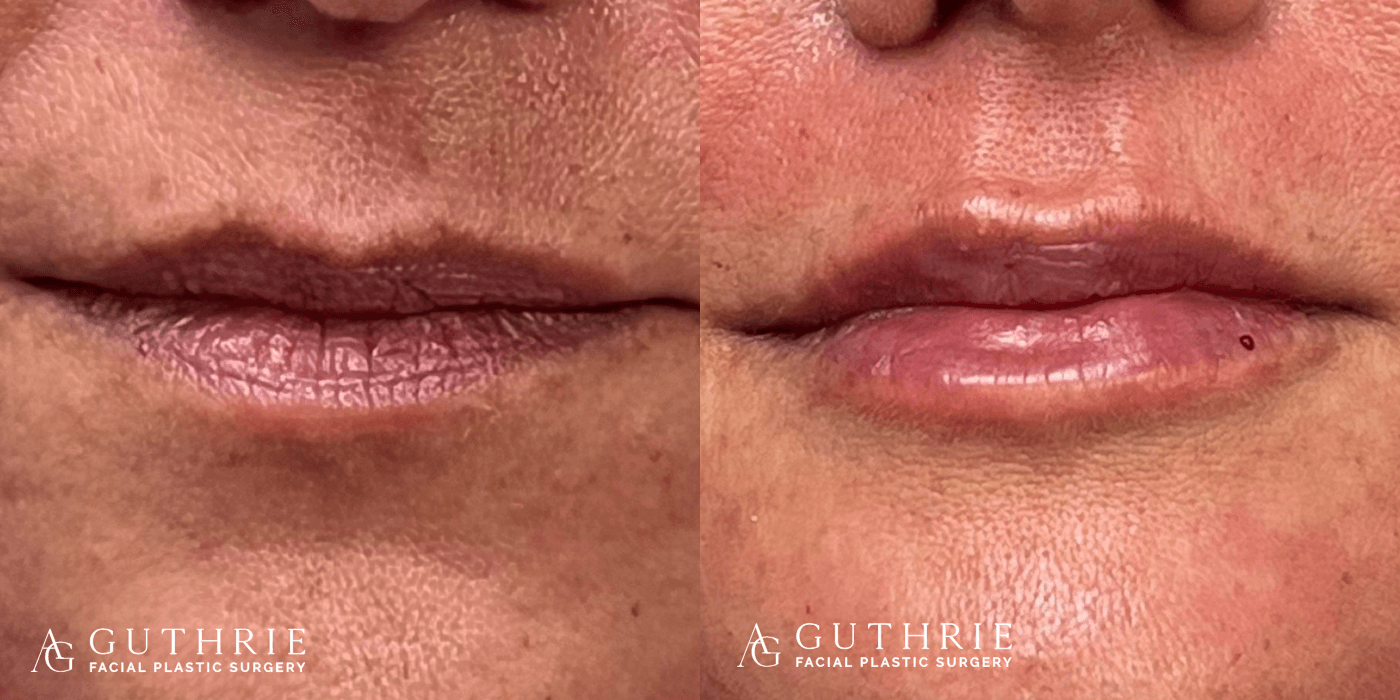Facial Fat Grafting vs. Fillers: Which Is Right for You?
Facial rejuvenation procedures have seen a significant rise in popularity over the past decade. It offers a solution for individuals looking to enhance their facial aesthetics or restore youthful volume. Among the most common treatments are facial fat grafting and fillers. While both methods are designed to address volume loss and improve facial contours, they differ in their approach.
What Is Facial Fat Grafting?
Facial fat grafting involves using your body’s own fat to restore volume to areas such as the cheeks, jawline, or under-eye hollows. The process begins with fat harvesting, typically from areas like the abdomen, thighs, or flanks. The fat is then purified and injected into targeted facial regions. After preparation, small amounts of the fat are strategically injected into the facial areas requiring augmentation or rejuvenation. Because this process uses your own tissue, the risk of allergic reactions is minimal.
Key Benefits
- Natural Results: Because the material is derived from your body, the outcome often appears soft and natural, seamlessly blending with the surrounding tissue.
- Longer-Lasting Effects: Success depends on fat retention, but results from fat grafting may last for years when done thoroughly and maintained with a stable weight and lifestyle.
- Dual Benefit: The procedure not only addresses facial volume loss but also provides body contouring benefits through fat removal from donor areas.
What Are Fillers?
Fillers are gel-like substances injected beneath the skin to restore volume, smooth lines, and enhance facial features. Treatments with fillers are widely known for their versatility and minimal downtime. During the procedure, a specialist uses a fine needle to inject small amounts of filler into specific regions of the face.
Key Benefits
- Quick Treatment Sessions: Fillers can be administered in a single office visit, making them convenient for those with busy schedules.
- Tailored Outcomes: Depending on personal goals, fillers can target a variety of areas, from subtle contouring to significant volume enhancement.
Which Method Is Right for You?
Choosing between facial fat grafting and fillers depends on several factors, including your aesthetic goals, lifestyle, and preferences. Although both approaches address similar concerns, their unique characteristics may make one more suitable than the other for your desired results. Below are some aspects to think about when evaluating each method.
Longevity of Results
For those seeking a longer-term solution, fat grafting may offer greater durability. When properly conducted, fat grafting delivers results that can last for years with minimal need for touch-ups. Fillers, on the other hand, provide temporary effects, requiring periodic sessions to maintain optimal outcomes.
Natural Feel and Appearance
Fat grafting is often praised for its natural look and feel due to the use of your body’s own tissue. This factor makes it particularly appealing to those who prioritize organic solutions. Fillers also provide natural-looking results but may vary depending on the type and amount used.
Downtime and Recovery
If minimal recovery time is your priority, fillers may be preferable due to their quick treatment sessions and limited post-treatment effects. Fat grafting involves more downtime due to the dual procedure of fat harvesting and facial injection. This is accompanied by swelling in the donor regions and face during recovery.
Seeking Cosmetic Treatment
Whether you choose facial fat grafting or dermal fillers, the key is to take your time researching and discussing your options with a trusted cosmetic professional. Understanding the potential benefits, processes, and maintenance involved with each method sets you on the right path toward achieving your aesthetic goals. If you’d like further insights or guidance, schedule a consultation with an expert.

